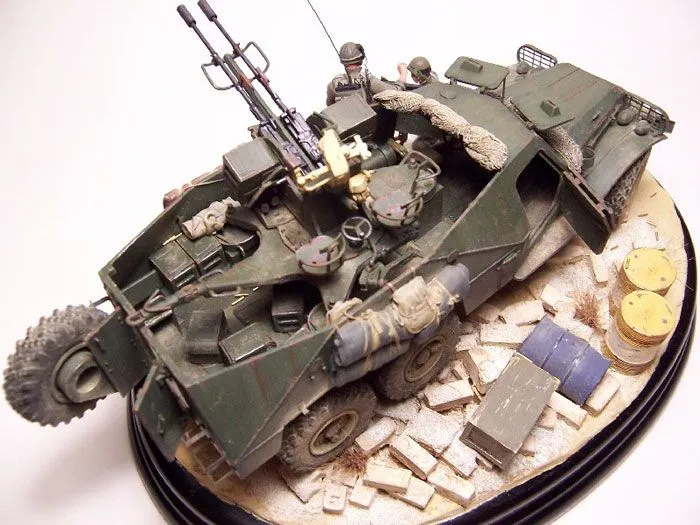WWII Diecast Vehicles Top 7 Facts
Diecast WWII vehicles offer a captivating window into history, blending the thrill of collecting with the educational value of understanding one of the most significant conflicts in human history. These meticulously crafted models are more than just toys; they are miniature representations of the machines that shaped the outcome of World War II. From tanks and trucks to aircraft and artillery, each model tells a story, allowing collectors and history enthusiasts to engage with the past in a tangible way. This article unveils seven fascinating facts about these remarkable collectibles, exploring their historical significance, craftsmanship, and the vibrant world of collecting.
The Historical Significance of WWII Diecast Vehicles
WWII diecast vehicles provide a unique opportunity to explore the technological advancements, strategic decisions, and the human cost of the war. These models serve as educational tools, helping collectors and enthusiasts understand the different types of equipment used by various nations during the conflict. The vehicles represent the evolution of military technology, from the early war years to its conclusion. The detailed replicas showcase the engineering and design of the time, offering insights into the challenges faced by soldiers and the innovations that shaped the battles. The vehicles help to visualize and comprehend the scope of the war, its impact on various theaters, and the role of different nations in shaping the outcome. It is a way to engage with history.
Key Battles and Campaigns Represented
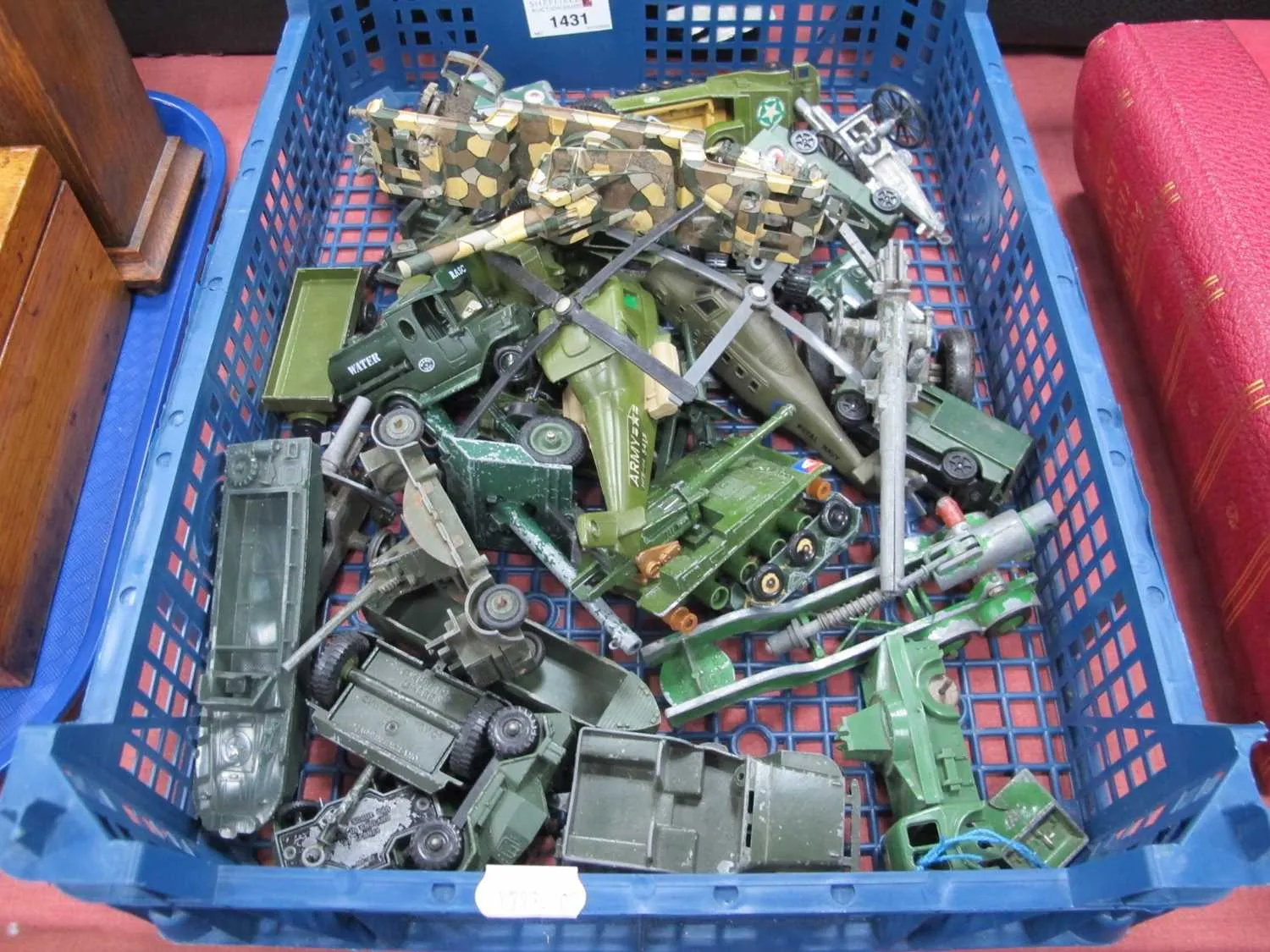
Many diecast models are directly inspired by specific battles and campaigns. Collectors can assemble collections that represent significant events, such as the Battle of Normandy, the Eastern Front campaigns, or the battles in North Africa. These collections create a sense of narrative, connecting the models to the historical context and allowing for a deeper understanding of the strategic importance of each battle. Models of vehicles used in the Battle of the Bulge, for example, can highlight the harsh conditions and intense fighting, while models from the Pacific Theater showcase the unique challenges faced in that environment.
Iconic Vehicle Types
Iconic vehicle types are widely represented in the diecast world. Tanks like the Sherman, Tiger, and T-34 are frequently modeled, along with trucks like the German Opel Blitz and the American Dodge WC series. Aircraft such as the Spitfire, Messerschmitt Bf 109, and B-17 Flying Fortress are also popular. These models allow collectors to appreciate the diversity of military technology and the different roles each vehicle played. The models are available in various scales, enabling collectors to create displays that reflect the wide range of vehicles and their functions during the war.
Materials and Manufacturing Techniques
The construction of WWII diecast vehicles involves a combination of precision and artistry. Diecast metal, often a zinc alloy, is the primary material used for the body and major components. Plastic parts are used for smaller details, like machine guns, antennas, and wheels. Modern manufacturing techniques, including injection molding and detailed painting, ensure accuracy and realism. These techniques allow for the creation of detailed models that capture the essence of the original vehicles.
Diecast Metal Composition
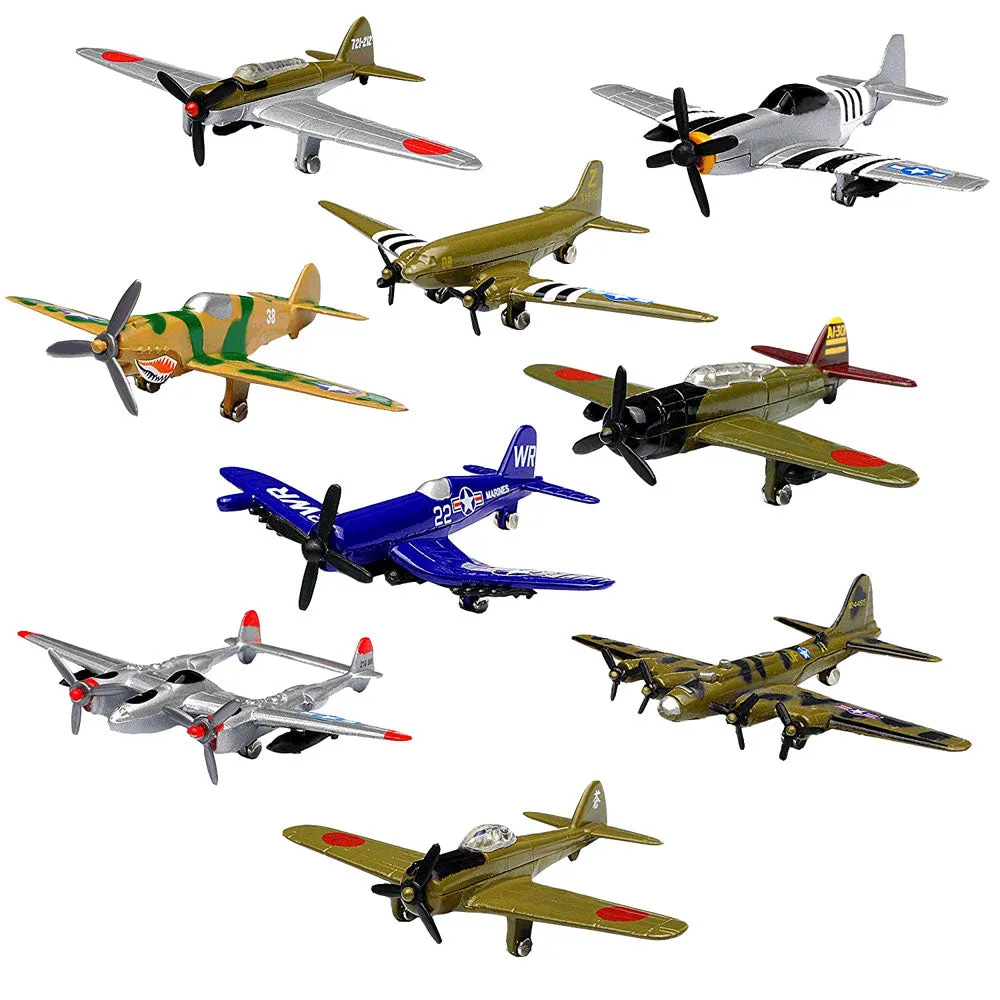
The diecast metal used in these models is typically a zinc alloy, chosen for its ability to reproduce fine details and its durability. This material allows for the creation of intricate designs and accurate representations of the vehicles. The alloy is melted and injected into molds under high pressure, producing the complex shapes needed for the vehicle bodies and components. The use of diecast metal gives the models a substantial feel and contributes to their longevity.
Production Processes
The production of diecast models is a multistep process involving mold creation, diecasting, finishing, and assembly. Molds are crafted with incredible detail, capturing the specific features of each vehicle. The molten metal is injected into these molds, and the parts are then trimmed, cleaned, and painted. The painting process is complex, with multiple layers and techniques used to achieve realistic finishes. The final step involves assembling all the components, often with hand-applied decals and weathering effects to enhance the realism.
Scale and Detailing
The scale of a diecast model significantly influences its size, level of detail, and the overall collecting experience. Common scales range from 1:72 to 1:16, with 1:48 and 1:35 being popular choices for WWII vehicles. The scale impacts the detail level, with larger scales offering more room for intricate features. Accurate detailing is essential for replicating the specific features of the original vehicles. The attention to detail allows collectors to appreciate the technology and design. Weathering effects add realism, making the models appear used and worn, as they would have been in wartime.
Common Scales and Their Significance
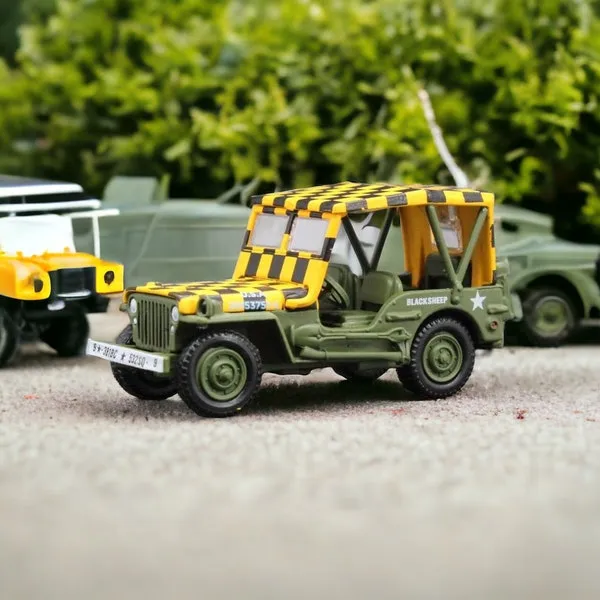
The scale of a diecast model is a critical factor for collectors. 1:72 scale is often favored for its compact size and affordability, making it ideal for large collections. 1:48 scale provides a balance between size and detail, while 1:35 scale allows for more intricate details. Collectors often choose a specific scale to create cohesive displays, allowing them to build collections that reflect the original vehicles’ sizes and proportions.
Importance of Accurate Detailing
Accurate detailing is a key element in creating realistic diecast models. Manufacturers pay close attention to features such as the type of machine guns, the markings on the vehicles, and the textures of the metal and other materials. Accurate models include detailed interiors, accurate tread patterns on the tires, and precise paint schemes. The accurate detailing enhances the collecting experience, allowing enthusiasts to appreciate the vehicles in their historical context.
The Collector’s Market
The market for WWII diecast vehicles is robust, with a wide range of models available to suit various interests and budgets. The value of these models is influenced by factors such as rarity, brand, condition, and historical significance. Limited edition releases and models with exceptional detailing are often highly sought after. The availability of these models and the community of collectors creates a thriving marketplace, with enthusiasts actively seeking to expand their collections.
Factors Influencing Value
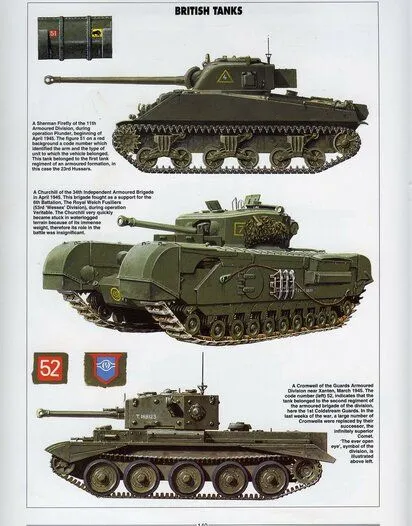
Several factors influence the value of diecast models. Rarity is a significant factor, as limited-edition models often command higher prices. The brand and manufacturer can influence value, with certain brands being more highly regarded. The condition of the model is also critical; models in excellent condition are generally more valuable. Historical significance and accuracy of detail also play a major role in determining a model’s value. The demand for specific models and the overall collector’s market conditions can also affect pricing.
Rarity and Limited Editions
Rarity and limited editions drive interest among collectors. Manufacturers often release limited runs of specific models, increasing their value over time. Special edition models with unique paint schemes, markings, or accessories are highly coveted. These exclusive releases create an element of excitement, motivating collectors to seek out specific models to complete their collections. Rare models can become valuable investments, with prices that increase over time.
Popular Brands and Manufacturers
Several brands and manufacturers have established reputations for producing high-quality WWII diecast vehicles. These manufacturers are recognized for their attention to detail, accurate representations, and commitment to quality. The brand recognition adds value to models, as collectors often prefer specific brands known for their craftsmanship and historical accuracy. These leading brands contribute significantly to the appeal and longevity of the diecast market.
Leading Brands in WWII Diecast
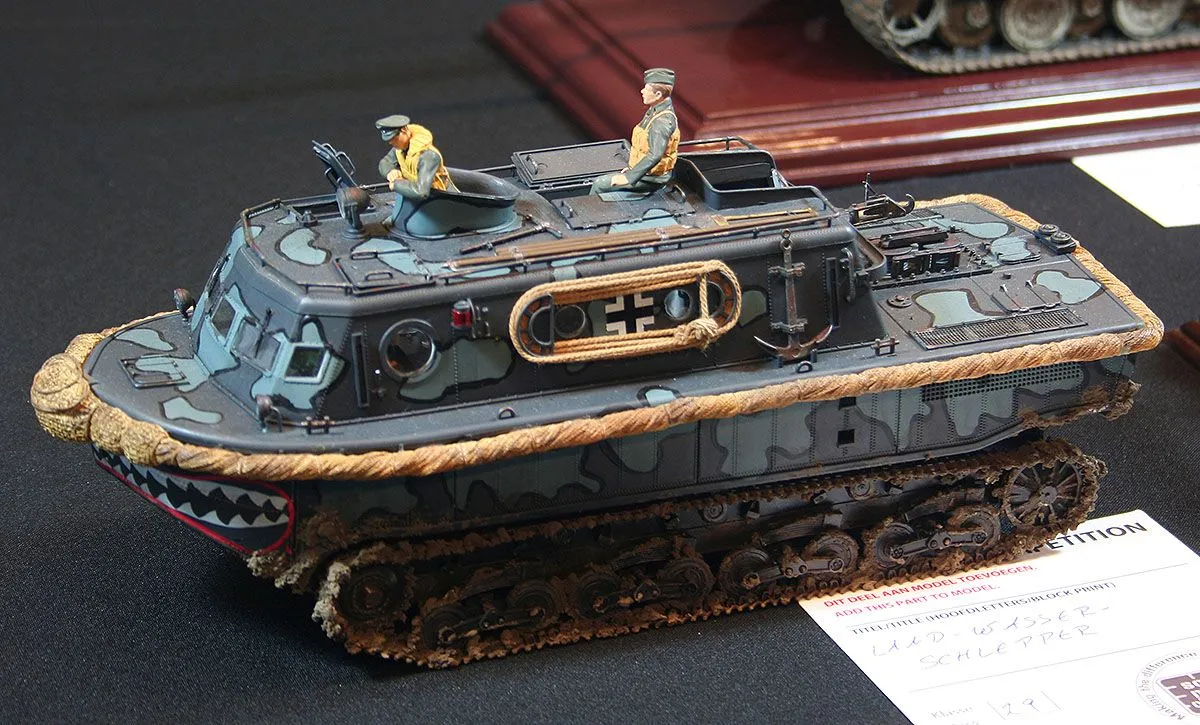
Leading brands in the WWII diecast vehicle market include companies known for their accuracy, detail, and historical fidelity. These manufacturers often offer a range of models that meet the demands of serious collectors. Known for producing a wide range of vehicles and aircraft, they are often praised for their models’ intricate details, accurate paint schemes, and historical accuracy, leading to an avid following. These brands consistently innovate, offering enthusiasts a growing selection of high-quality models.
Collecting Strategies
Effective collecting strategies help collectors focus their efforts and build satisfying collections. Some collectors specialize in a particular type of vehicle, such as tanks, while others focus on a specific nation or campaign. Creating a theme provides focus and structure, making it easier to select models. Researching and identifying the key vehicles associated with their chosen theme is crucial. Building a cohesive collection that tells a story is key to enjoying this hobby.
Displaying and Preserving Your Collection
Proper display and preservation techniques are essential for protecting and showcasing diecast WWII vehicles. Displaying models in a way that reflects their historical context adds to their appeal and provides an excellent conversation piece. Providing optimal storage conditions helps to prevent damage and maintain the value of the collection. The investment in display and preservation strategies can make a big difference in the enjoyment of a collection.
Optimal Storage Conditions
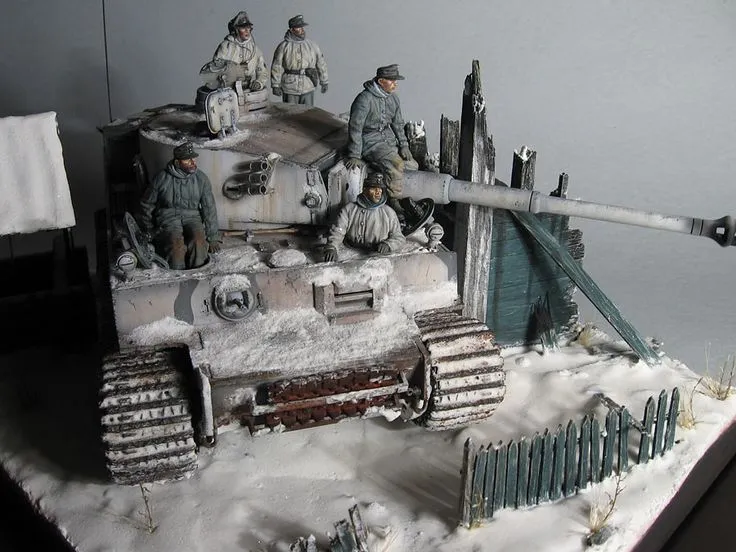
Storing diecast models in a controlled environment helps to maintain their condition and value. Keeping models away from direct sunlight and extreme temperatures prevents fading and material degradation. Protecting models from dust and moisture is another key aspect of long-term preservation. Using display cases or storage boxes helps to protect the models from dust and physical damage. Proper storage ensures that the collection remains in excellent condition over time.
Display Techniques
Displaying diecast WWII vehicles is a creative endeavor that can enhance the enjoyment of a collection. Using display cases, shelving, or dioramas allows for the showcasing of the models. Arranging vehicles by nation, campaign, or type provides a thematic approach to the display. The addition of historical context, such as maps, photographs, and information about the vehicles, creates an engaging and educational experience. Display techniques enable collectors to present their models creatively and share their passion with others.
Where to Find Diecast WWII Vehicles
Finding diecast WWII vehicles is made easier by exploring different marketplaces and venues. Online marketplaces and specialized shops are the most common sources. Collectors can find both new releases and vintage models from a wide range of sources. Knowing where to find diecast models will help enthusiasts locate those vehicles to complete their collections. By exploring these avenues, collectors can discover a wide array of vehicles.
Online Marketplaces and Auctions
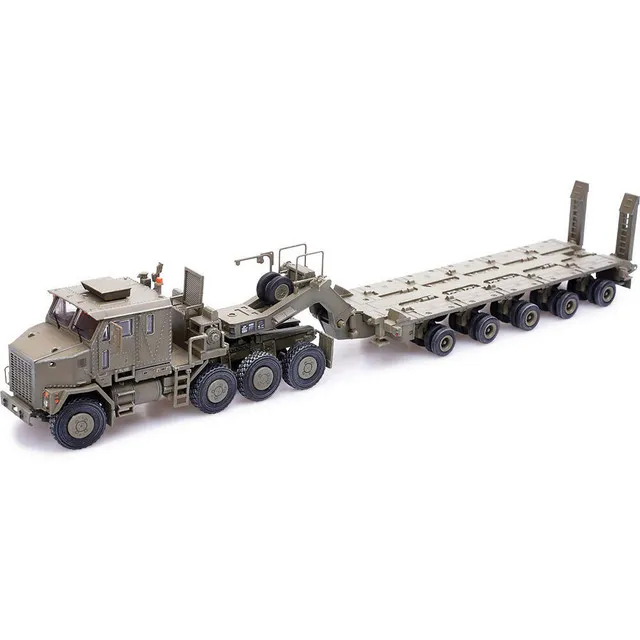
Online marketplaces and auctions offer a broad selection of diecast WWII vehicles. Platforms such as eBay and specialized online stores provide access to both new and vintage models. The online environment makes it easier to find specific vehicles and compare prices. Auction sites allow collectors to bid on rare or highly sought-after models. Online resources often include user reviews and detailed descriptions, helping collectors assess the quality of the models.
Specialty Shops and Shows
Specialty shops and shows provide another way to source diecast WWII vehicles. These shops often specialize in model collecting and offer a curated selection of vehicles. Collectors can examine models up close and consult with experts. Model shows and conventions host a wide variety of vendors and collectors, creating a social and educational environment. These in-person experiences offer a more hands-on and engaging method of collecting.
The Future of WWII Diecast Vehicles
The future of WWII diecast vehicles remains promising. The ongoing interest in history and the continuous advancements in manufacturing techniques will result in new models and collections. Increased attention to detail and the use of new materials will enhance the appeal of these models. Collectors will continue to be drawn to these models, as they reflect their fascination with military history. The strong community of collectors and the passion for historical accuracy will ensure that these models continue to be cherished for years to come.
